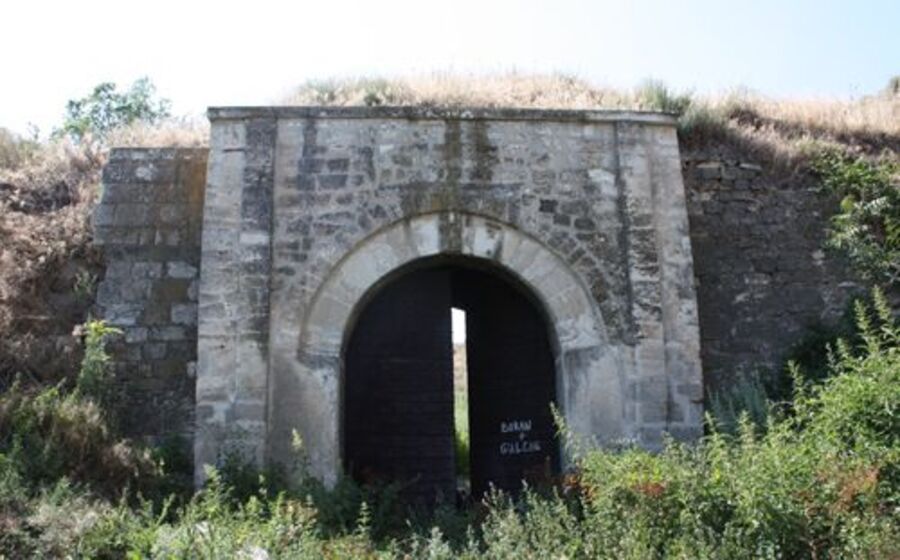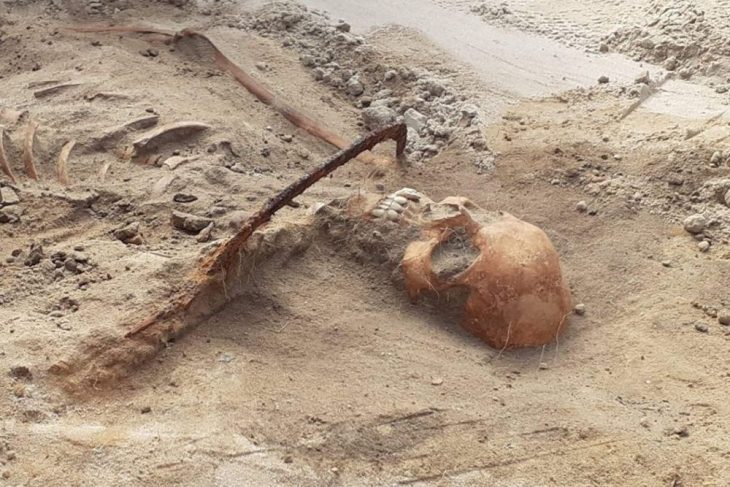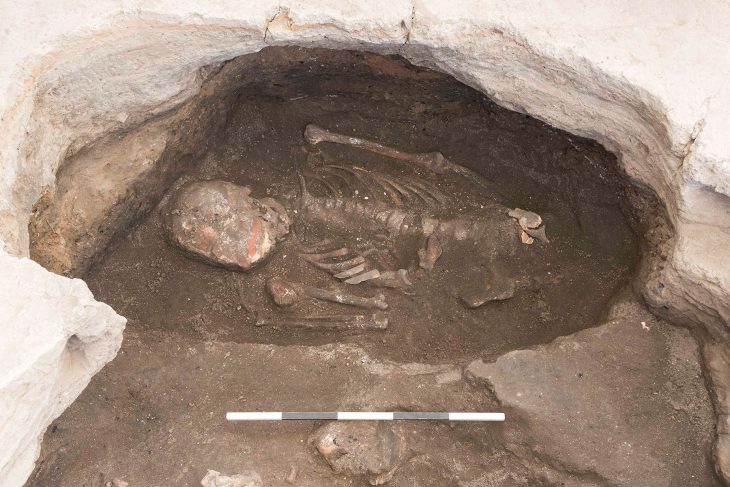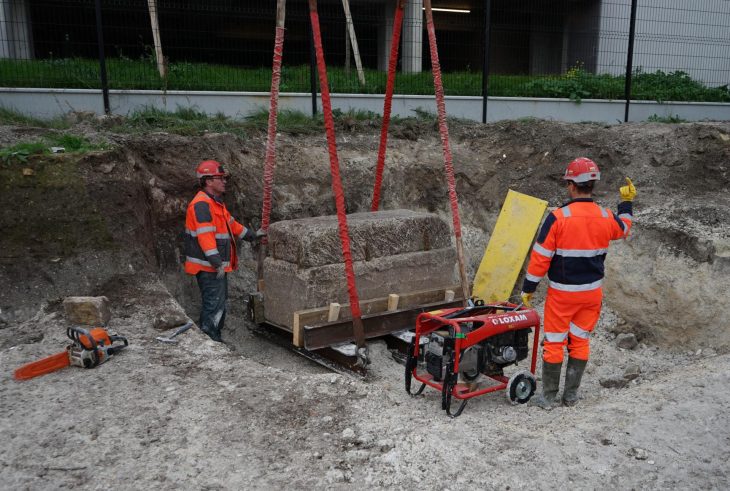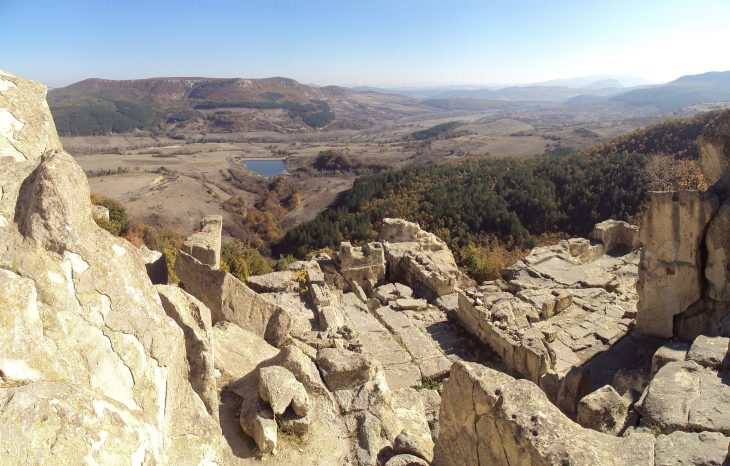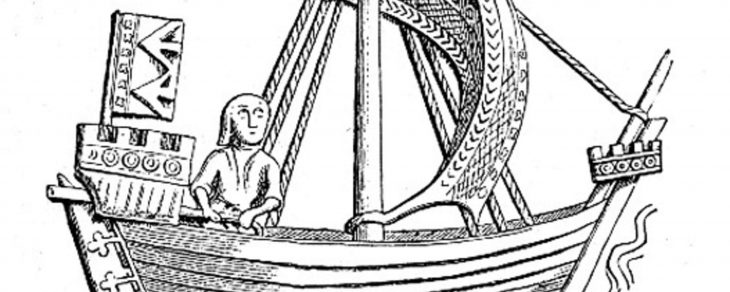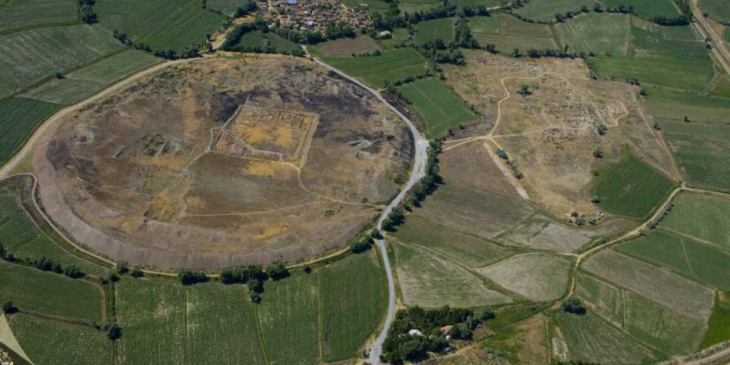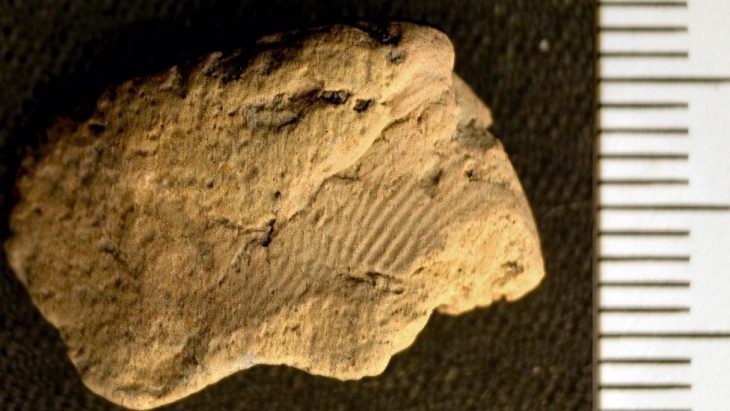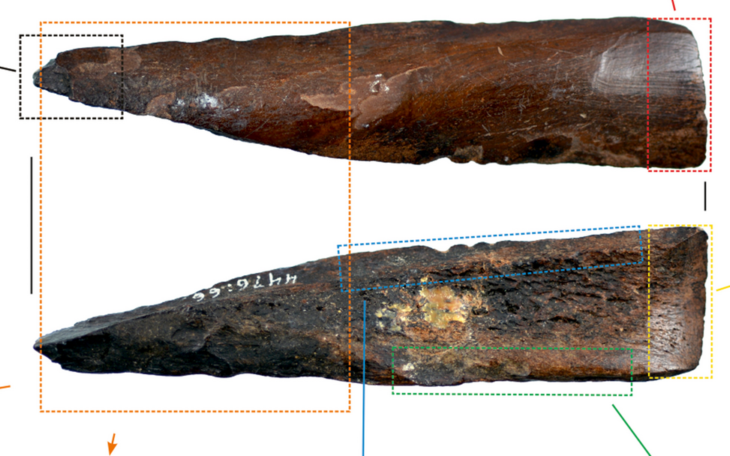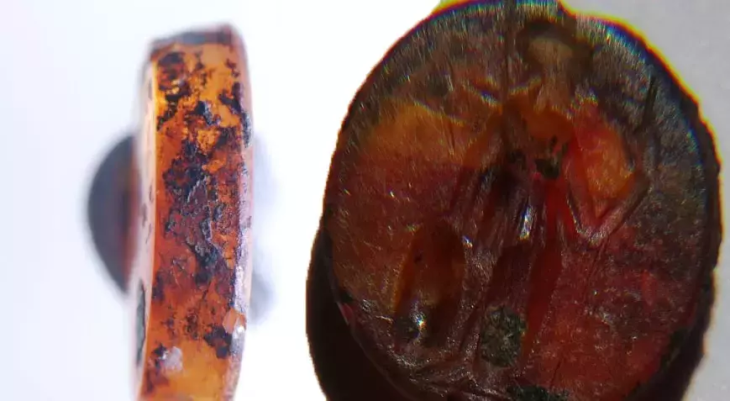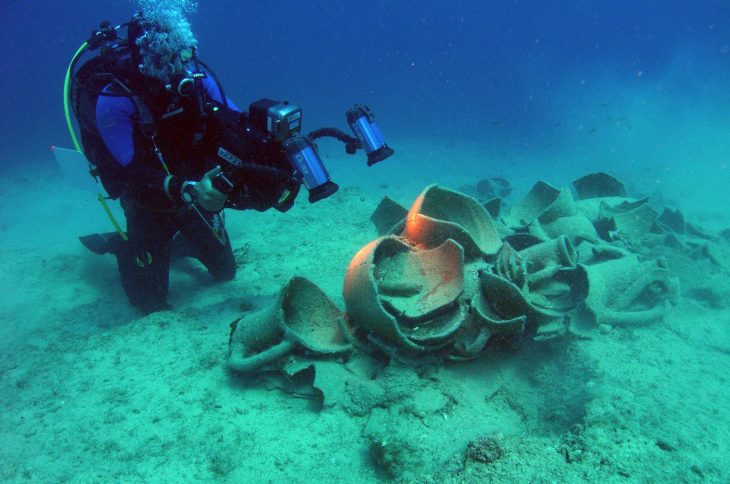This summer’s archaeological season at the Nikopol Fortress has yielded one of the most remarkable discoveries in recent years: an Old Bulgarian inscription carved into stone, dating back to the late 13th or early 14th century.
The finding, reported by the Bulgarian News Agency (BTA), adds a new layer of insight into the fortress’s medieval past and highlights its growing role as both a heritage site and a tourist attraction.
The Inscription: A Medieval Message
The inscription was unearthed on the final working day of the season, coinciding with an inspection by a commission from the Ministry of Culture. According to Venko Ivanov, head of the excavations and archaeologist at the Regional History Museum in Pleven, the text is carved into a stone block that once formed part of a fortress tower uncovered last year.
Preliminary analysis suggests it may have been inscribed by a literate overseer of the fortress wall’s construction or possibly by the local governor. Conservation specialists Andrea Andreeva of the Chiprovtsi History Museum and Nikolay Angelov are now tasked with cleaning and restoring the stone. Once completed, the inscription will be deciphered and made accessible to the public.
Layers of Fortress History
Excavations at Nikopol have been ongoing for five consecutive years, supported by the Municipality of Nikopol and the Ministry of Culture. Archaeologists have already identified three distinct construction phases of the fortress walls:
📣 Our WhatsApp channel is now LIVE! Stay up-to-date with the latest news and updates, just click here to follow us on WhatsApp and never miss a thing!!
the second half of the 13th century,
the late 14th to early 15th century,
and the early 16th century.
These phases reflect centuries of rebuilding as the fortress adapted to political upheavals and military threats. Ivanov emphasized that researchers are still analyzing data to establish the precise chronology of the earliest fortifications.
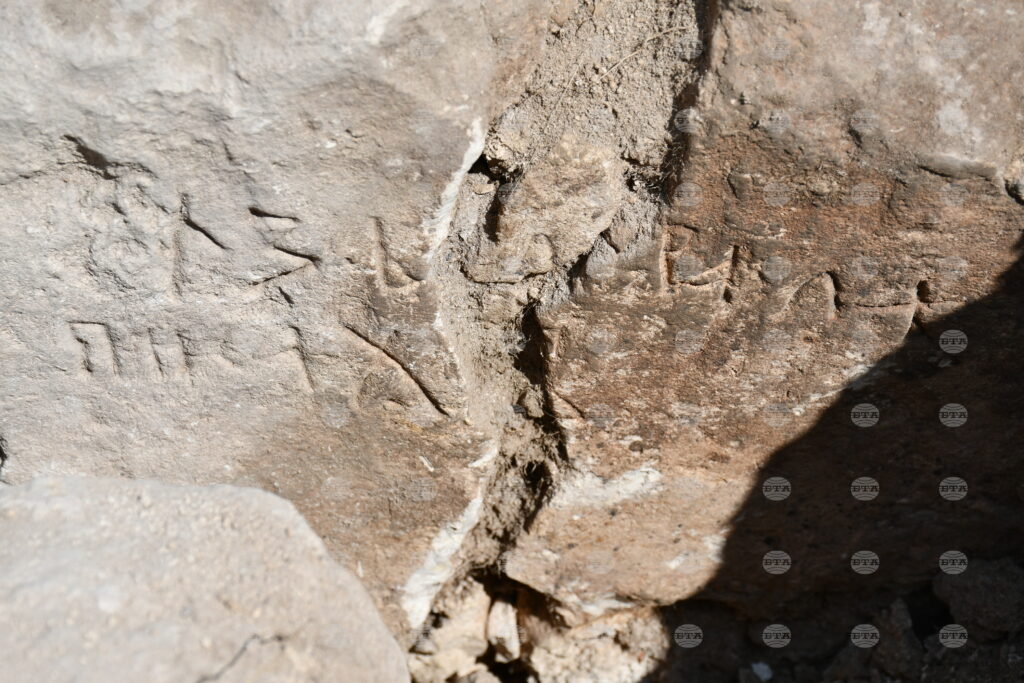
Additional Discoveries: From Thracians to the Ottoman Era
Beyond the inscription, this year’s campaign produced a wealth of finds spanning multiple historical eras. Among them was a Thracian ritual pit, testifying to pre-medieval religious practices in the region. Numerous small artifacts were also recovered, including Byzantine, medieval Bulgarian, and Ottoman coins, household items, lead bullets, and even a 17th-century hand grenade.
One striking find was a cannonball, believed to have been fired during the Russo-Turkish War of 1806–1812, when Nikopol Fortress again became a battlefield on the Danube. These discoveries illustrate the site’s continuous use and strategic significance over nearly two millennia.
Fortress of the Last Bulgarian Tsar
Nikopol Fortress carries deep historical resonance. After the fall of Tarnovo in 1393, Tsar Ivan Shishman, the last ruler of the Second Bulgarian Empire, established his seat here. Two years later, he was captured during the Ottoman conquest of the town. In 1396, the fortress became the stage for the Battle of Nicopolis, the last major medieval Crusade, where European armies suffered a crushing defeat against Ottoman forces.
The newly uncovered inscription may well belong to this very era, potentially linking the stone to figures who witnessed Bulgaria’s final struggle for independence.
Tourism and Future Plans
Alongside excavation work, the Municipality of Nikopol has taken steps to improve the site’s accessibility. A new parking area has been built this year, forming part of plans to establish a visitor centre. Daily visitors — both Bulgarian and international, many traveling on Danube river cruises — already stop to witness the fortress’s excavation firsthand.
Ivanov confirmed that archaeological research will continue next year. Meanwhile, restoration efforts will ensure that the fortress remains not only a focus of scholarship but also a driver of local cultural tourism.
Preserving the Danube’s Medieval Heritage
The Nikopol Fortress, once a bulwark on the Danube frontier, is today emerging as a bridge between past and present. With its Old Bulgarian inscription, Thracian ritual pit, medieval coins, and Ottoman-era relics, the site demonstrates Bulgaria’s layered heritage. As restoration continues and future excavations unfold, Nikopol is set to offer fresh insights into the country’s medieval history while welcoming visitors eager to explore the crossroads of Europe’s past.
Cover Image Credit: Entrance gate to the Nikopol Fortress. Public Domain

